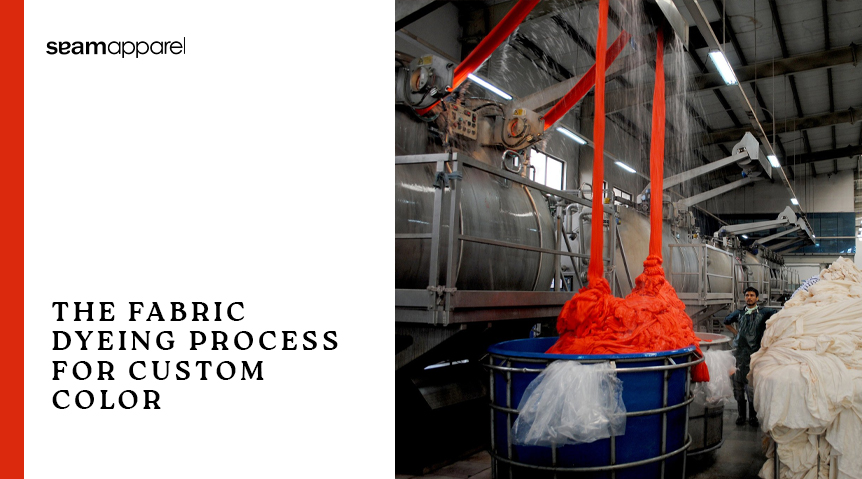Textile Dyeing
The word “dye” is derived from the Old French word die, which is the source of the Middle English word dye. Applying a dye to a cloth, hairstyle, piece of paper or area of skin is known as the dyeing process.
The majority of the time, plants and flowers are used to make dyes. These plants can either be grown particularly to produce dye or collected for their raw materials. The most widely used dyes are those produced using aniline coal tar dyes, which are created using coal tar pitch that is sourced from petroleum.
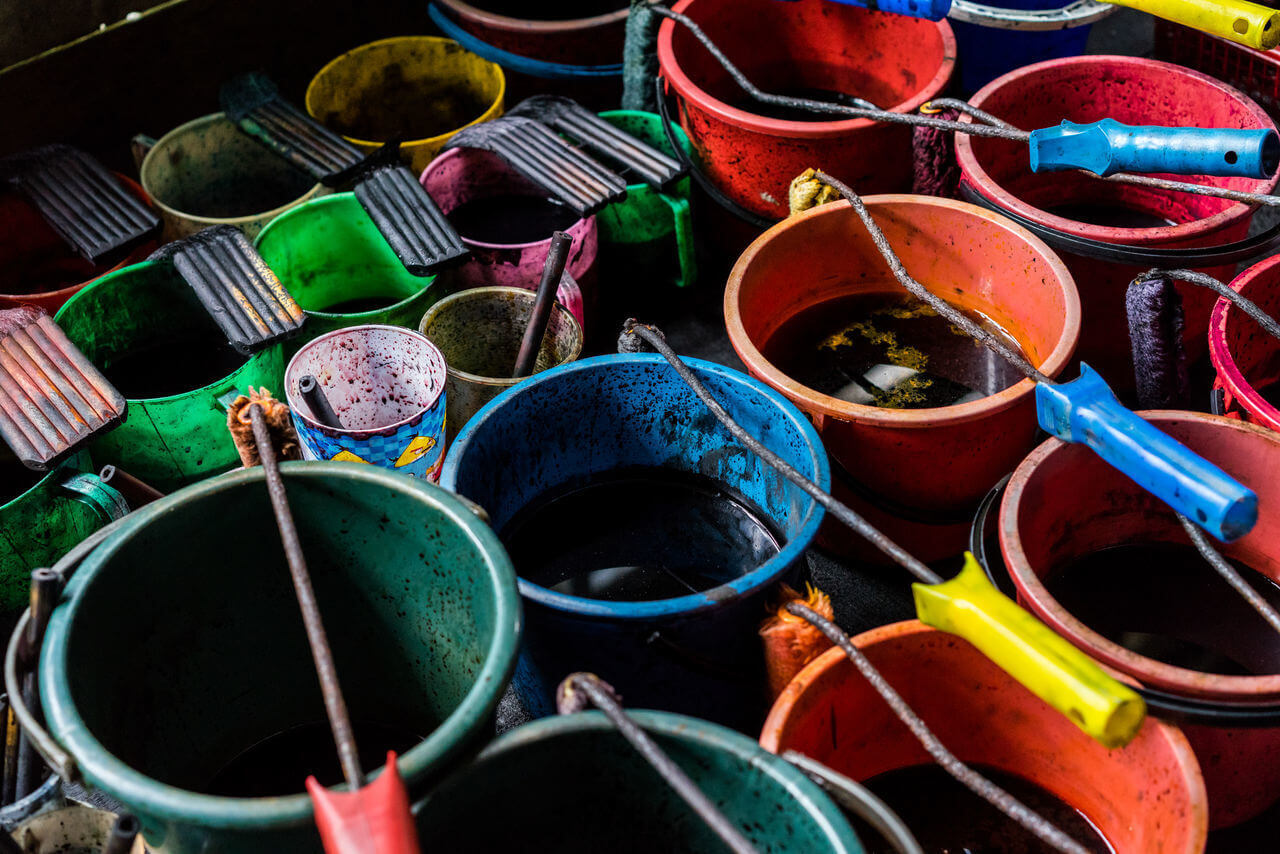
The majority of clothing manufacturing companies from traditional textile and industrial dyeing equipment were combined to create garment dyeing and wet processing equipment
Different Textile Dye
To get desired colors, dyes are employed in a variety of fields and contexts. Based on their chemical dyeing, different types of dyes, such as natural and synthetic dyes, can be divided into several categories.
Can you Dye Fabric In Any Color?
Yes, the dye can be applied to colored and printed fabrics. It is a cloth dyeing technique.
The most popular fabric dyeing methods include:
Natural dyes are made from plant or animal tissue, and the anthocyanins that give them their color are carbon-based compounds. Aldehydes, ketones, and phenols are some of them.
Mineral substances like metals, oxides, or sulfides serve as the source of synthetic dyes. They have metal ions in them, and when those ions interact with the molecules’ structure, colored complex results.
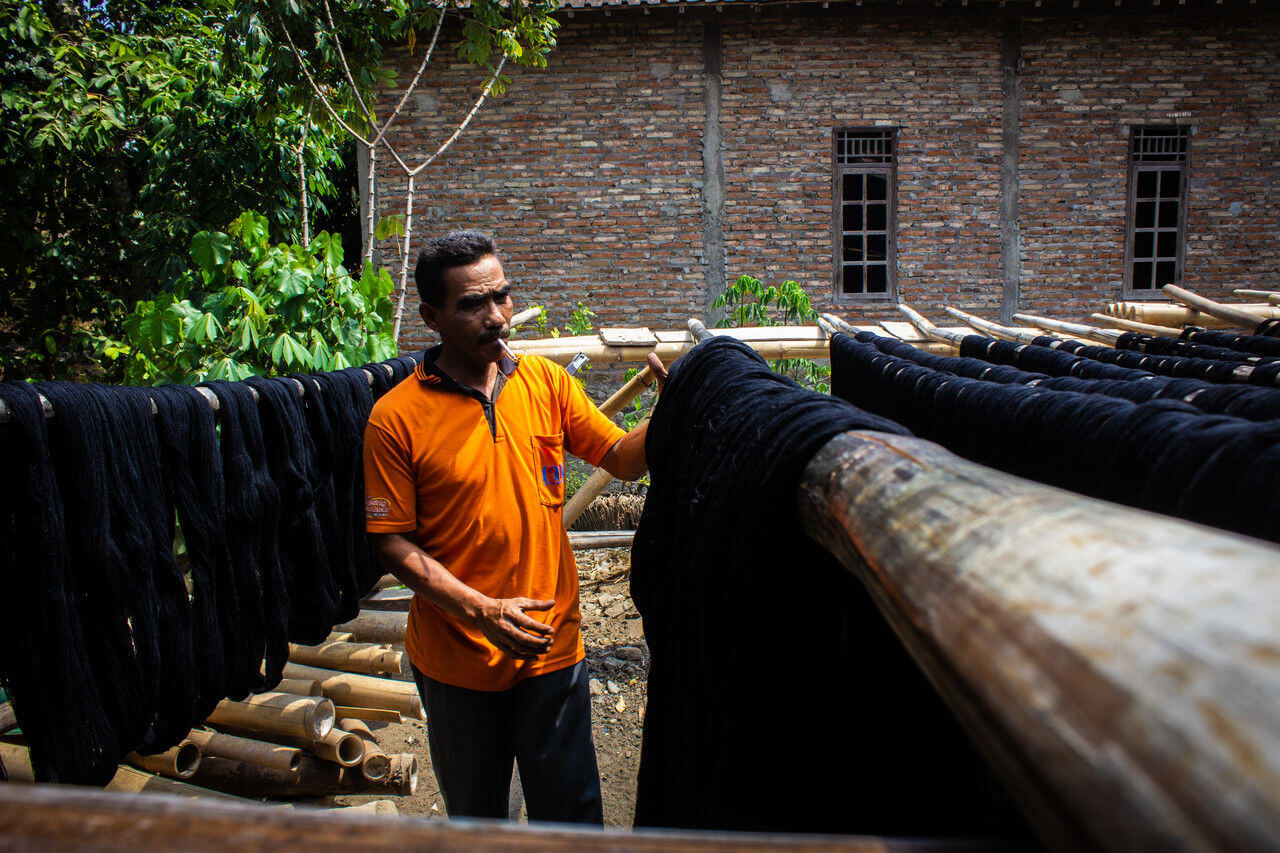
Textile Dyeing Process
The textile dyeing processes have not evolved significantly over time, and it is often carried out in a particular solution that comprises dyes and other chemicals. Textiles are primarily cleaned, dyed, treated with auxiliary chemicals, and rinsed with water. In the fabric dyeing method, there are three steps: preparation, dyeing, and finishing. Unwanted impurities are removed from the materials during preparation before dying.
Aqueous alkaline chemicals, detergents, or enzymes can all be utilized for cleaning. To get rid of their natural color, many materials are bleached using hydrogen peroxide or chemicals containing chlorine. Optical brightening chemicals are used if the fabric will be sold white.
Aqueous color is applied to textile materials during dyeing, which usually takes place at high temperatures and pressures. To achieve a uniform depth of color with colorfastness qualities suitable for the fabric’s intended use, surfactants, acids, alkali/bases, electrolytes, carriers, leveling agents, promoting agents, chelating agents, emulsifying oils, softening agents, and other chemical aids are applied to the textile during this step.
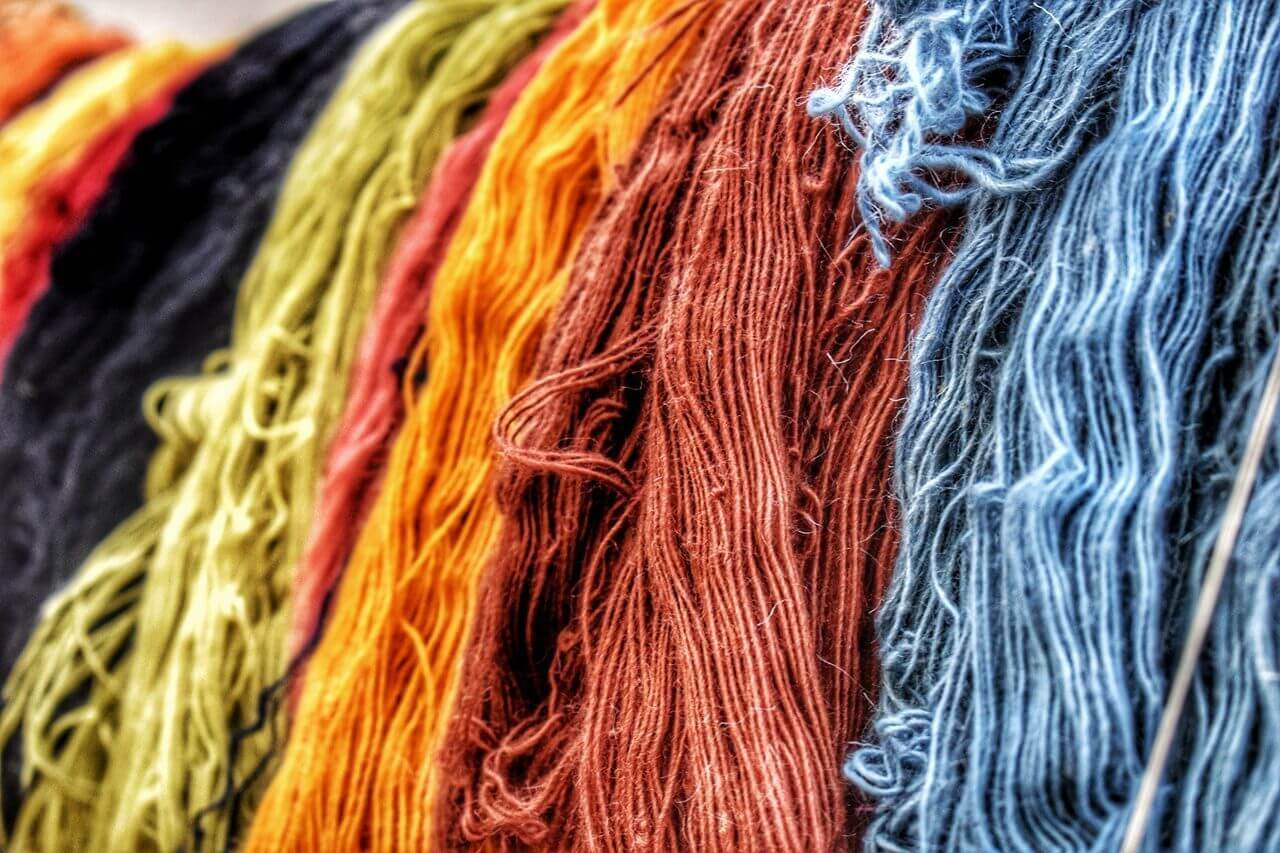
Depending on the final purpose for which the materials are intended, different fastness qualities may be needed. For instance, after prolonged sun exposure, materials used in automobiles must not degrade. To create these qualities, various dye and chemical dyeing additives kinds are used throughout the finishing process. Fabrics can be dyed using pigments and binders that keep the color attached to the fibers.
Finishing is the process of adding chemical compounds to a material to raise its grade. The finishing process uses fabric treatments such as waterproofing, softening, antistatic protection, stain removal, etc.
What Is The Best Fabric Dye For Textile Dyeing Methods?
A variety of techniques can be used to color textiles dyeing. The fabric dyeing techniques for coloring or dyeing include:
Direct Dyeing
Direct dyeing refers to the process of applying a dye on many types of fabric without the use of an affixing agent. The direct dyes, which are mainly used to custom dyed fabric, can be applied straight to the fiber from an aqueous solution and are water-soluble.
Stock Dyeing
Stock dyeing is the process of dying fibers before they are spun into yarn. Loose, unspun fibers are placed in big vats with the dye bath, which is then heated to the right temperature needed for the dye application and dying process.
Top Dyeing
Similar to stock dyeing, top dyeing involves coloring the fiber before it is spun into yarn and achieves the same aesthetic goal of creating a soft, heather-like color look. The wool fibers from which the short fibers have been removed are referred to as the top. As a result, top choose long fibers for worsted yarn spinning.
Yarn Dyeing
Before being woven or knitted into fabrics, yarns are dyed in a process known as “yarn dying.” In the weaving process, yarn dyeing is used to produce eye-catching checks, stripes, and plaids using various colored yarns. When dyeing yarn, the dye gets inside the fibers of the yarn’s core.
Piece Dyeing
Piece dyeing is the process of custom fabric dye after it has been knitted or woven. It is one of the most often used dyeing techniques. This sort of dyeing is done using a variety of techniques, such as jet dyeing, Jig dyeing, pad dyeing, and beam dyeing.
Black Dyeing
Using beck dyeing, large yards of fabric can be colored. The fabric is lowered into the dye water in a rope shape. The fabric is immersed in the dye by this rope of fabric moving over a rail onto a reel, which then pulls the dyeing fabric up and forwards to bring it to the machine’s front. To achieve the required color intensity, this process is performed numerous times.
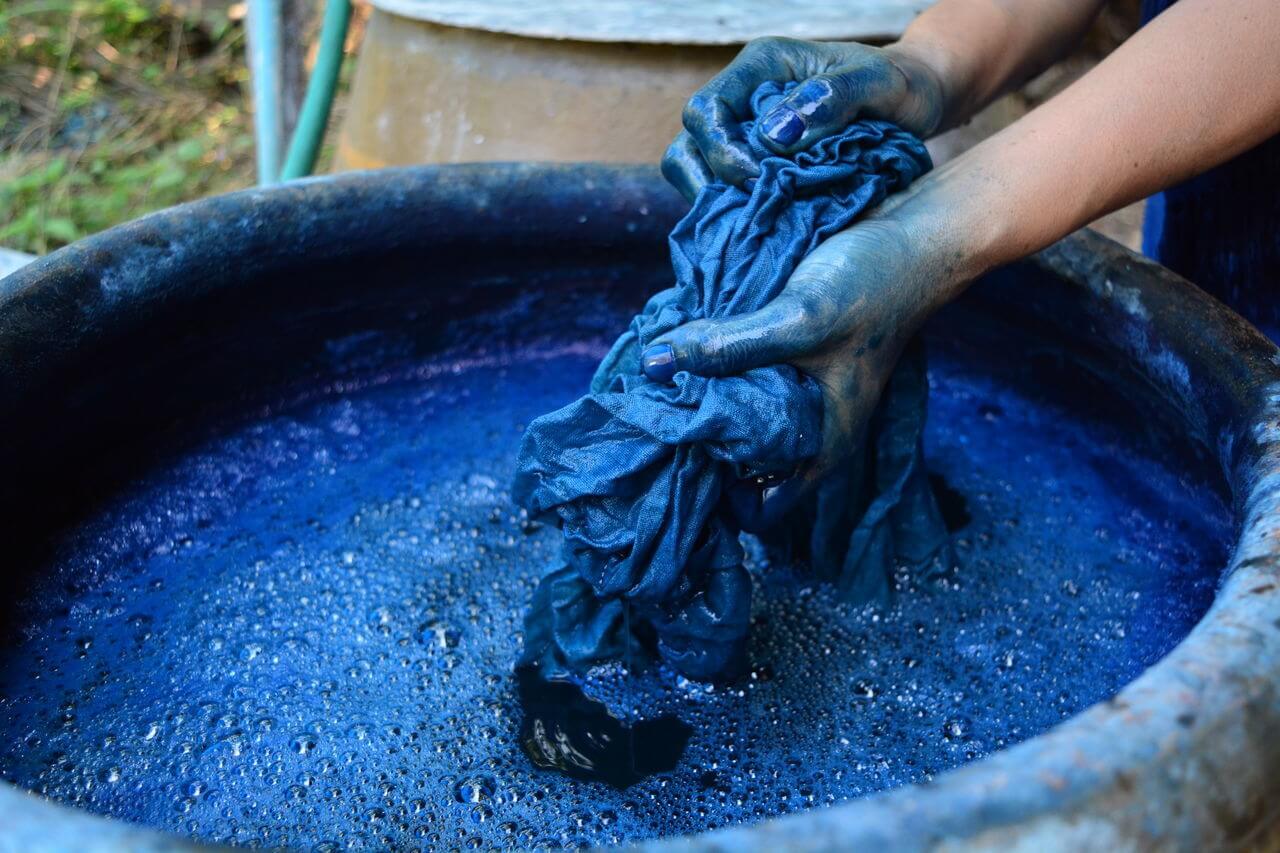
Cross Dyeing
Cross-dyeing is a relatively common technique that produces a variety of color effects in a single dye bath for fabric made of fibers that have different affinities for the dye. As an illustration, a blue dye could give nylon 6 a dark blue shade, nylon 6 a light blue shade, and have no affinity for polyester in an unaffected or white area.
Garment Dyeing
The dye process of finished clothing manufacturers for all custom services is known as “garment dyeing. Most non-tailored and basic clothing items, like sweaters, sweatshirts, T-shirts, hosiery, and pantyhose, can be colored. Consideration must be given to the impact on sizing, thread, zippers, trimmings, and snaps.
Bale Dyeing
This is a cheap way of cloth dyeing method. The material is put through a cold water bath where the sized warp has an affinity for the dye without being scourged or singulated. This kind of dying is frequently used on imitation chambray and related materials.
Read More about the clothes Production Process
Final words
The textile dyeing process is used to transform unfinished textile resources into completed goods and significantly improve the visual appeal of textiles. A range of dyes, techniques, and equipment are used to dye textiles.
At any point, almost every kind of textile material can be colored. Each textile is dyed with specific colorants using a unique procedure. The market now offers a wide range of colorfastness and bright hues.

